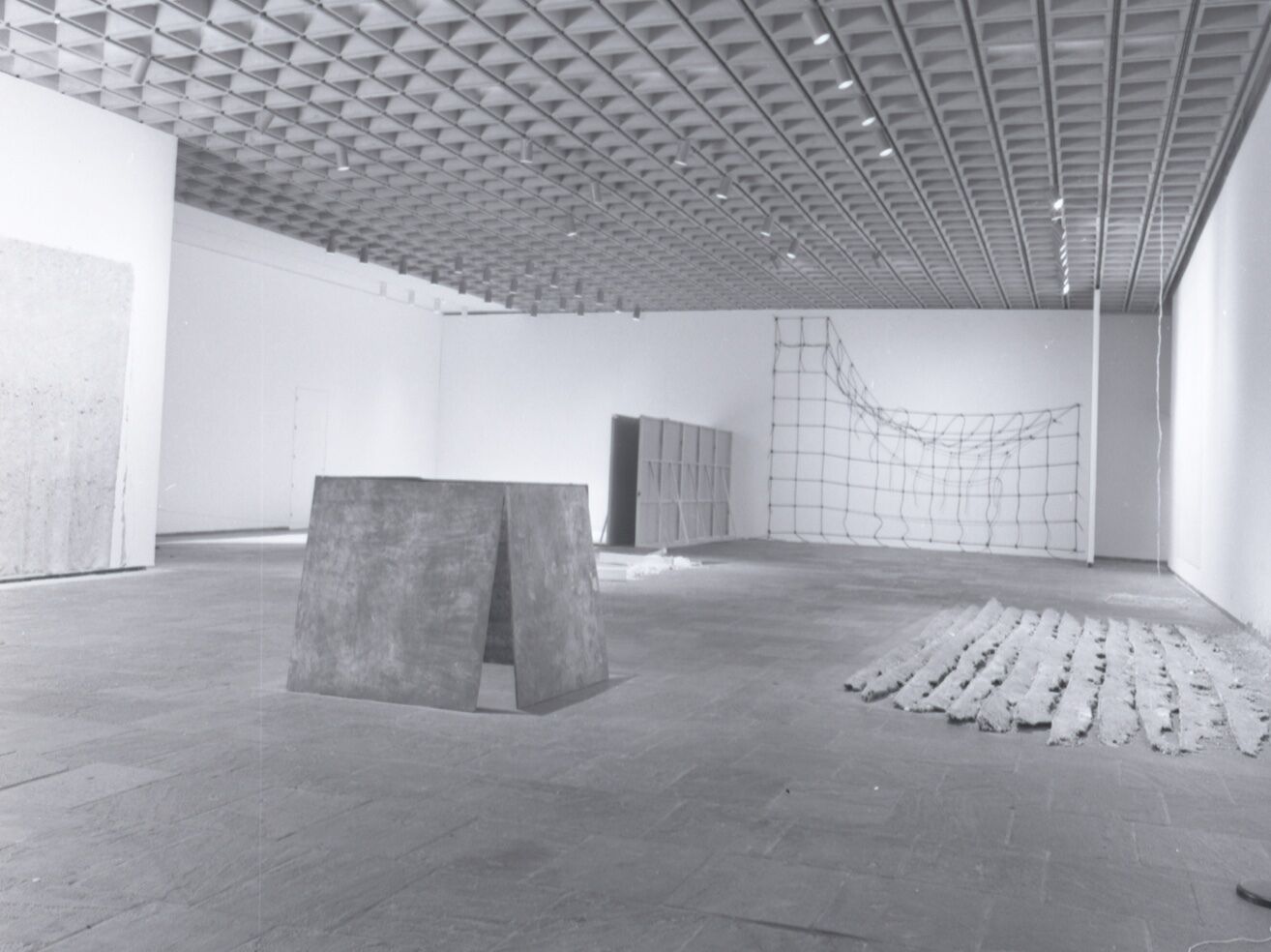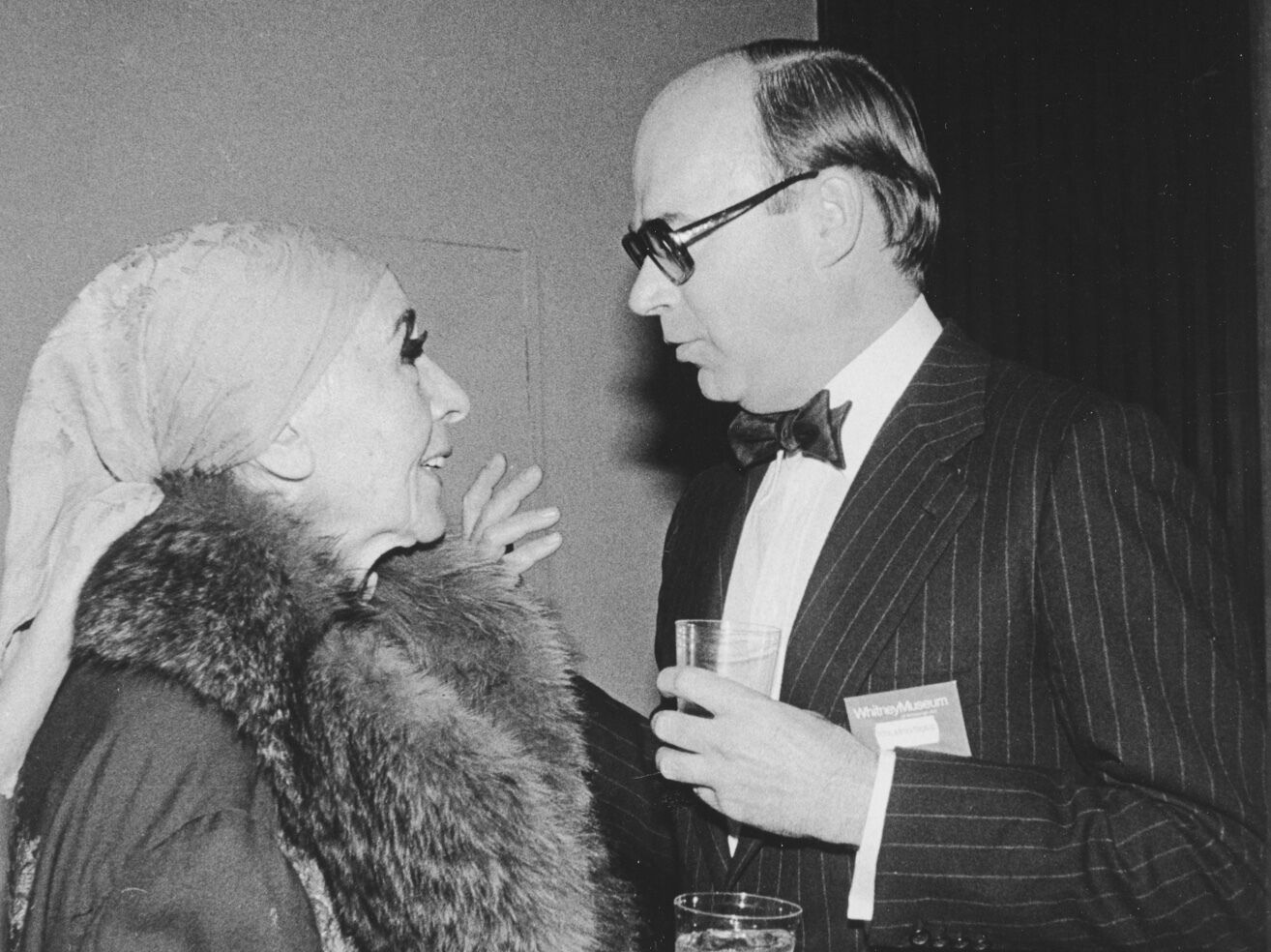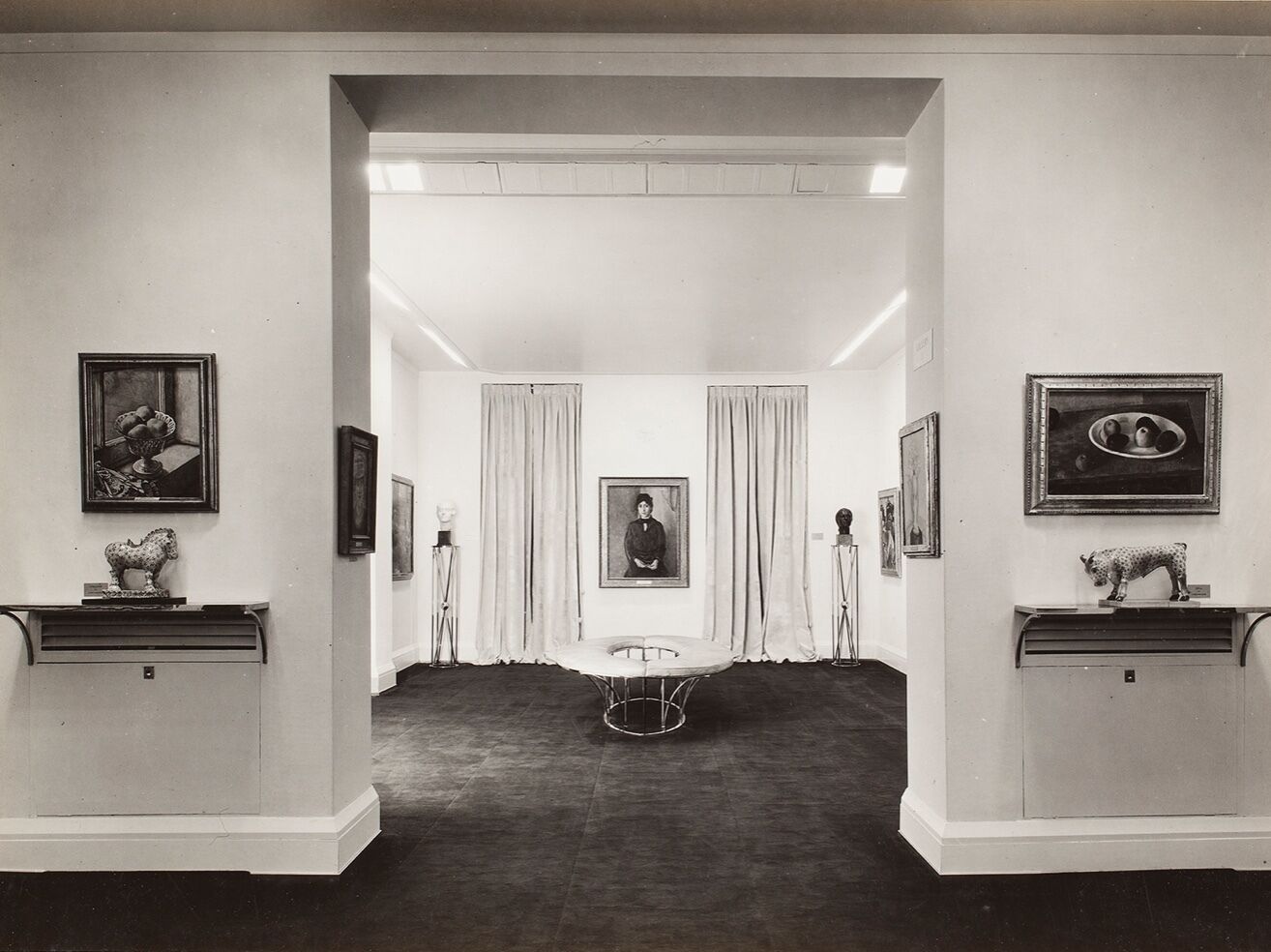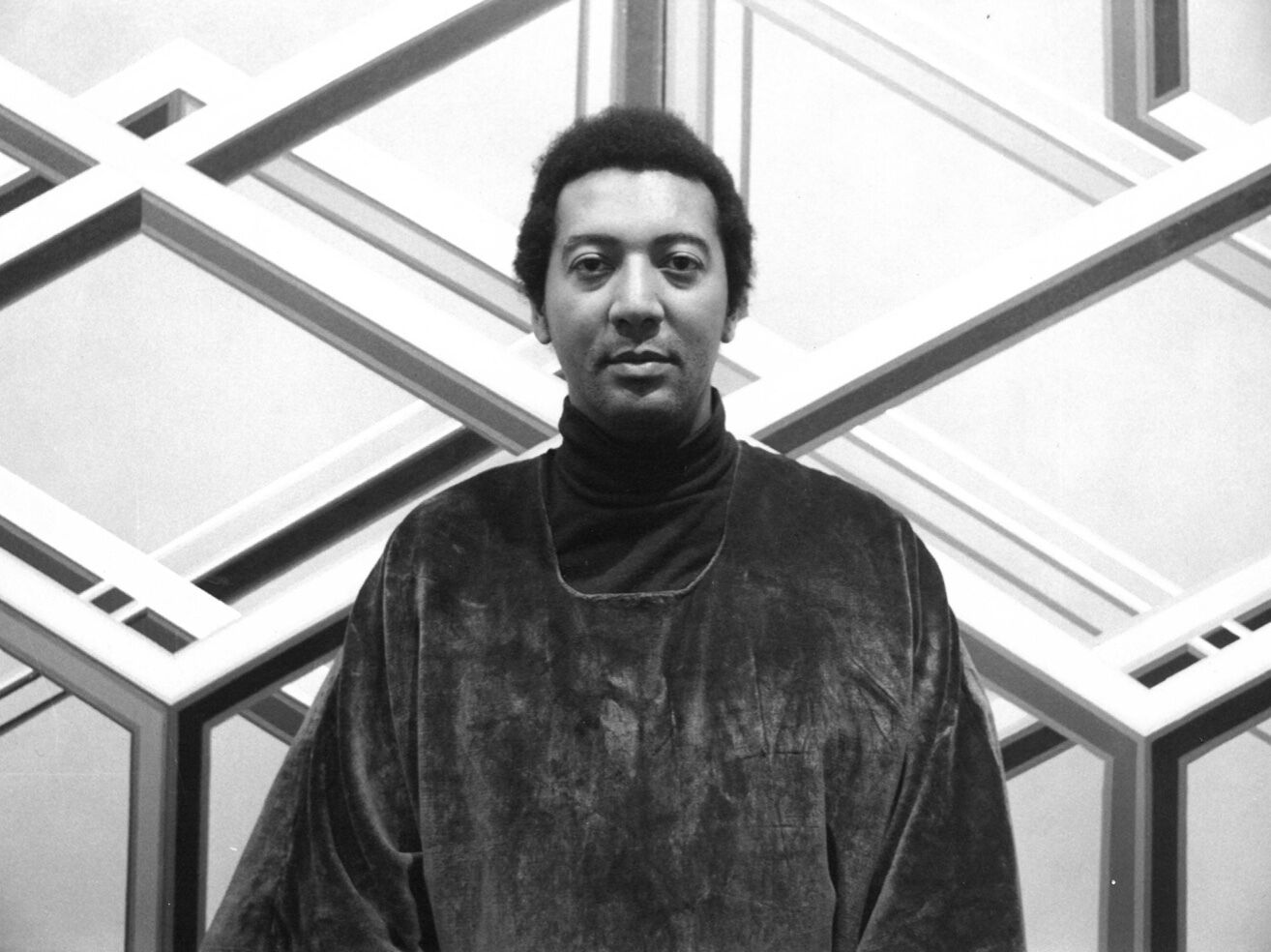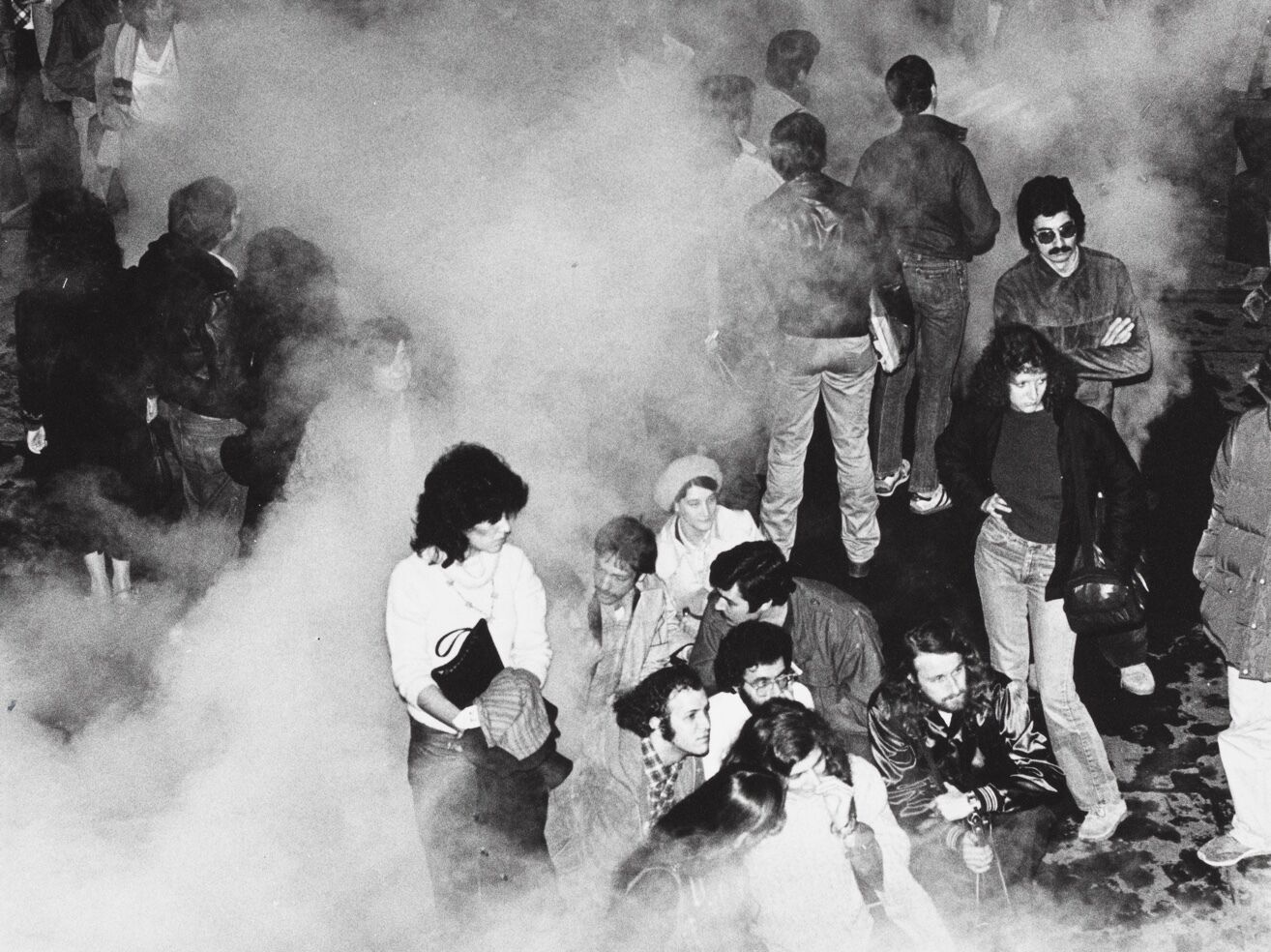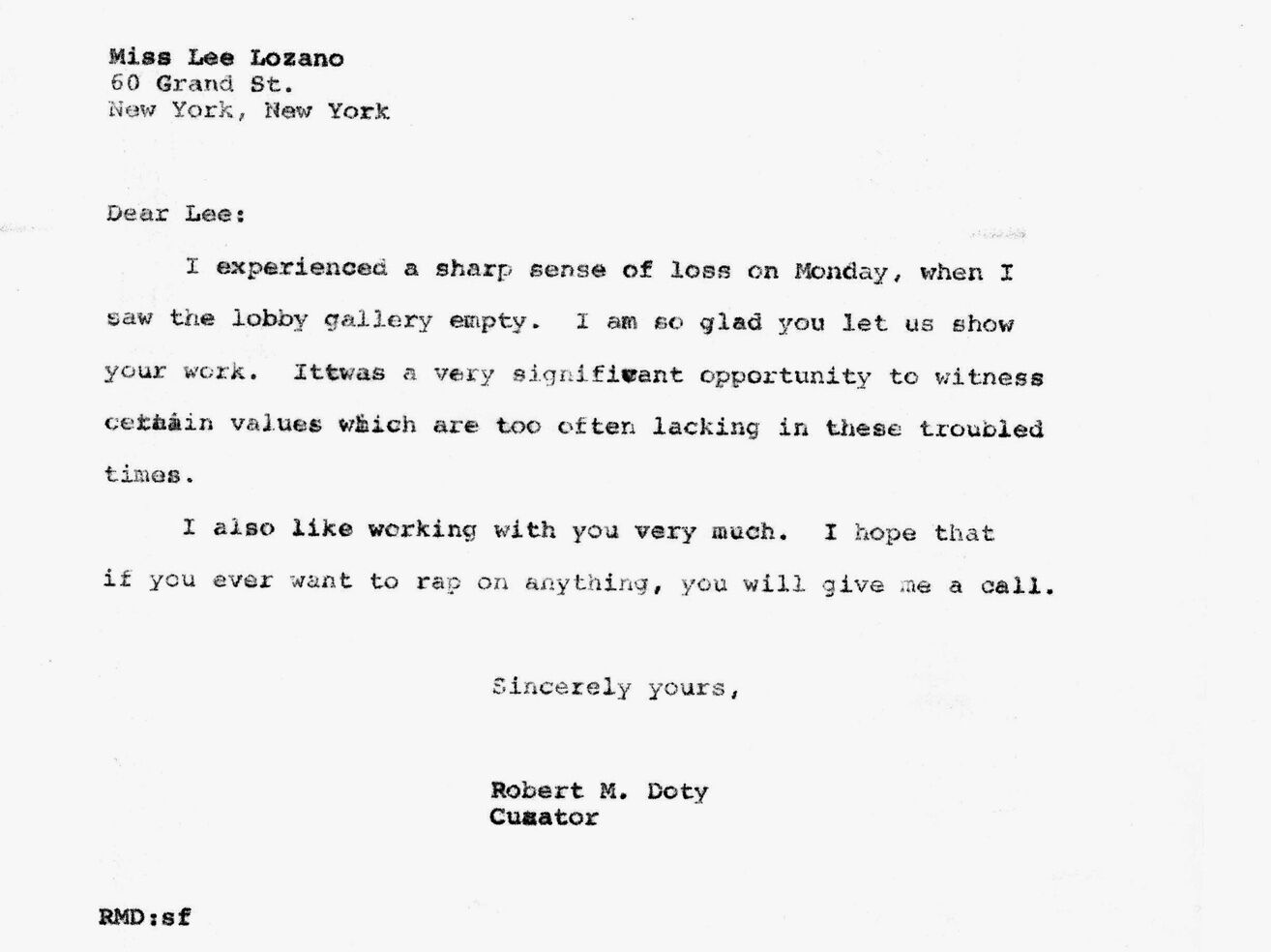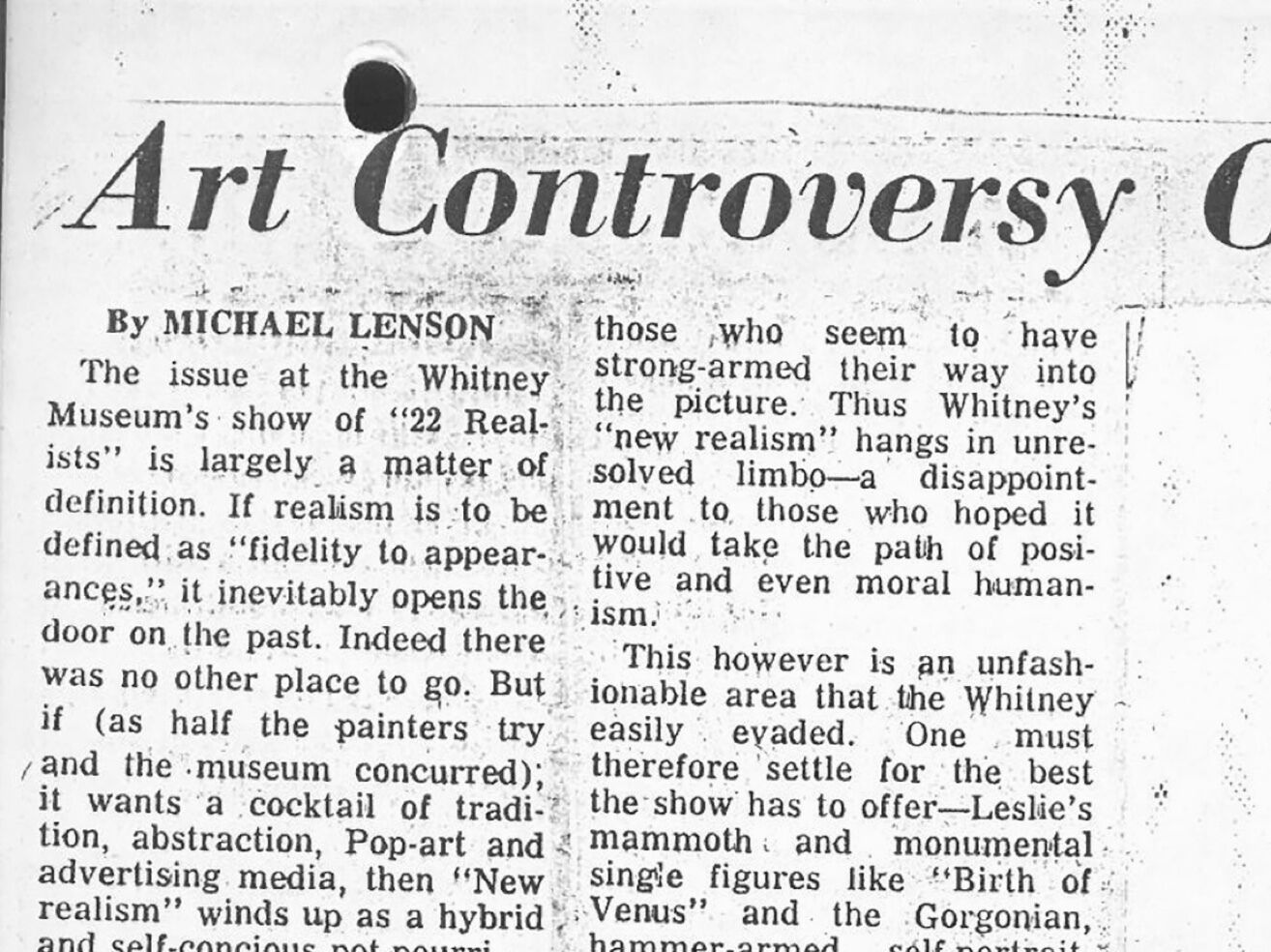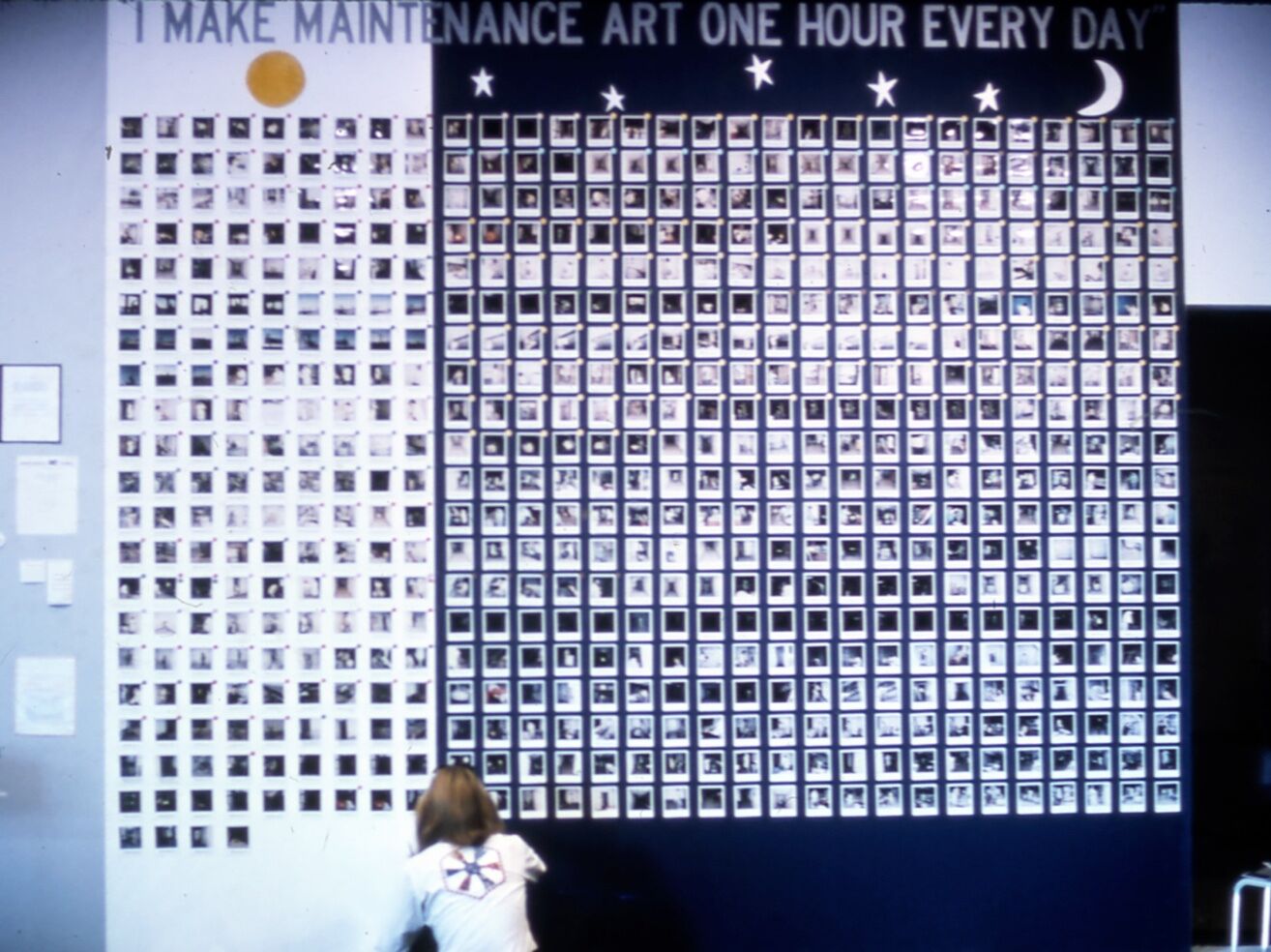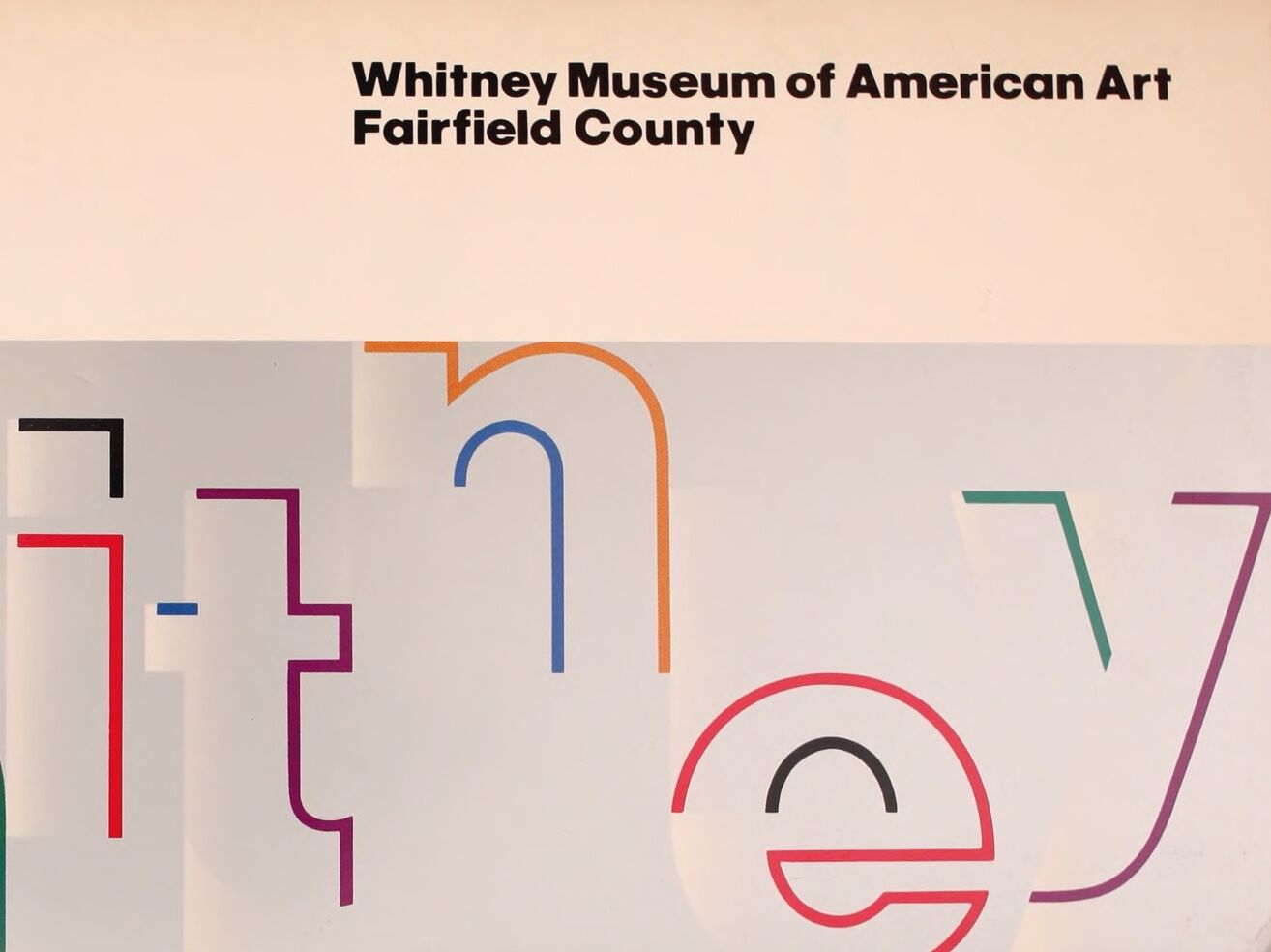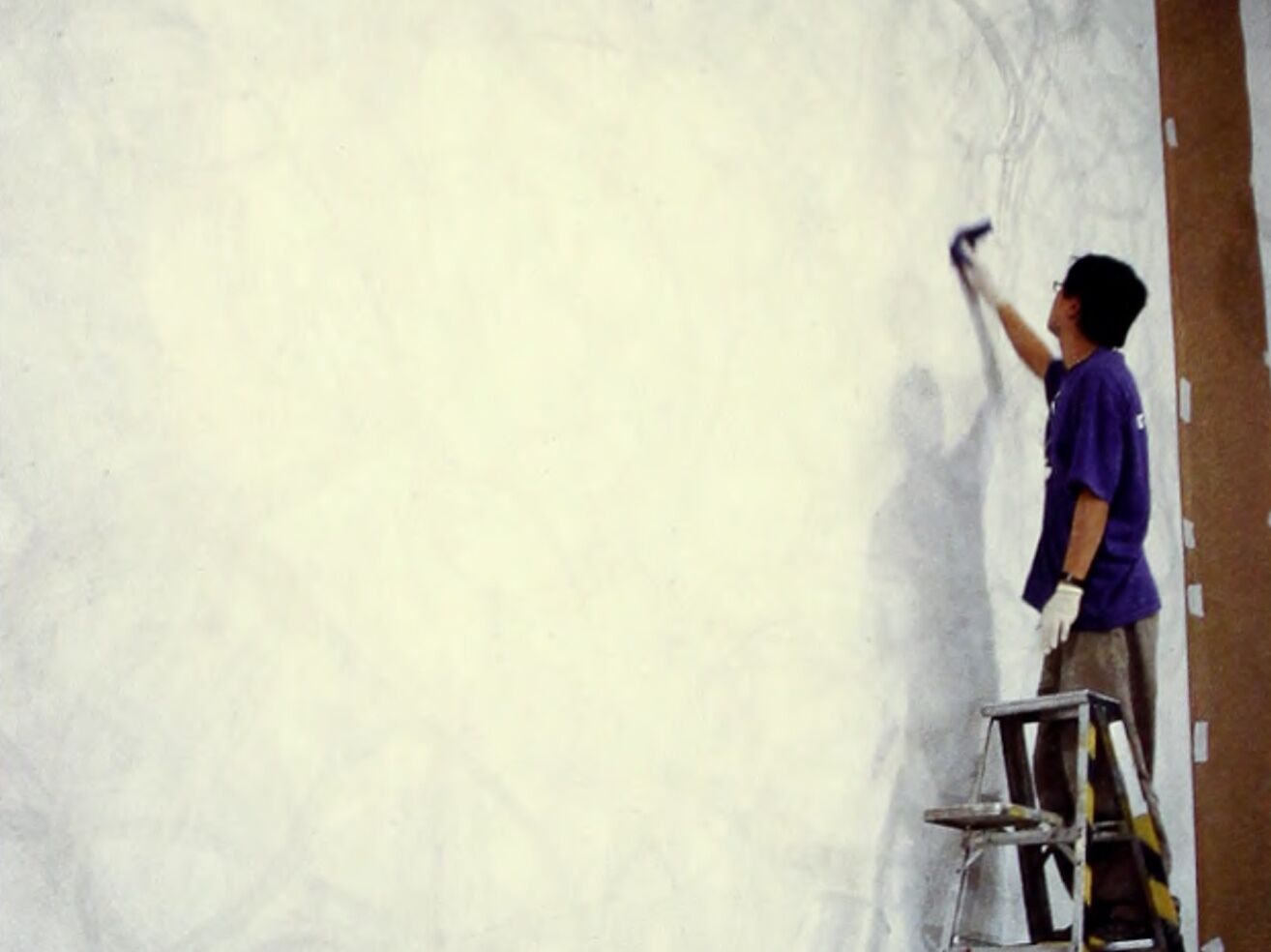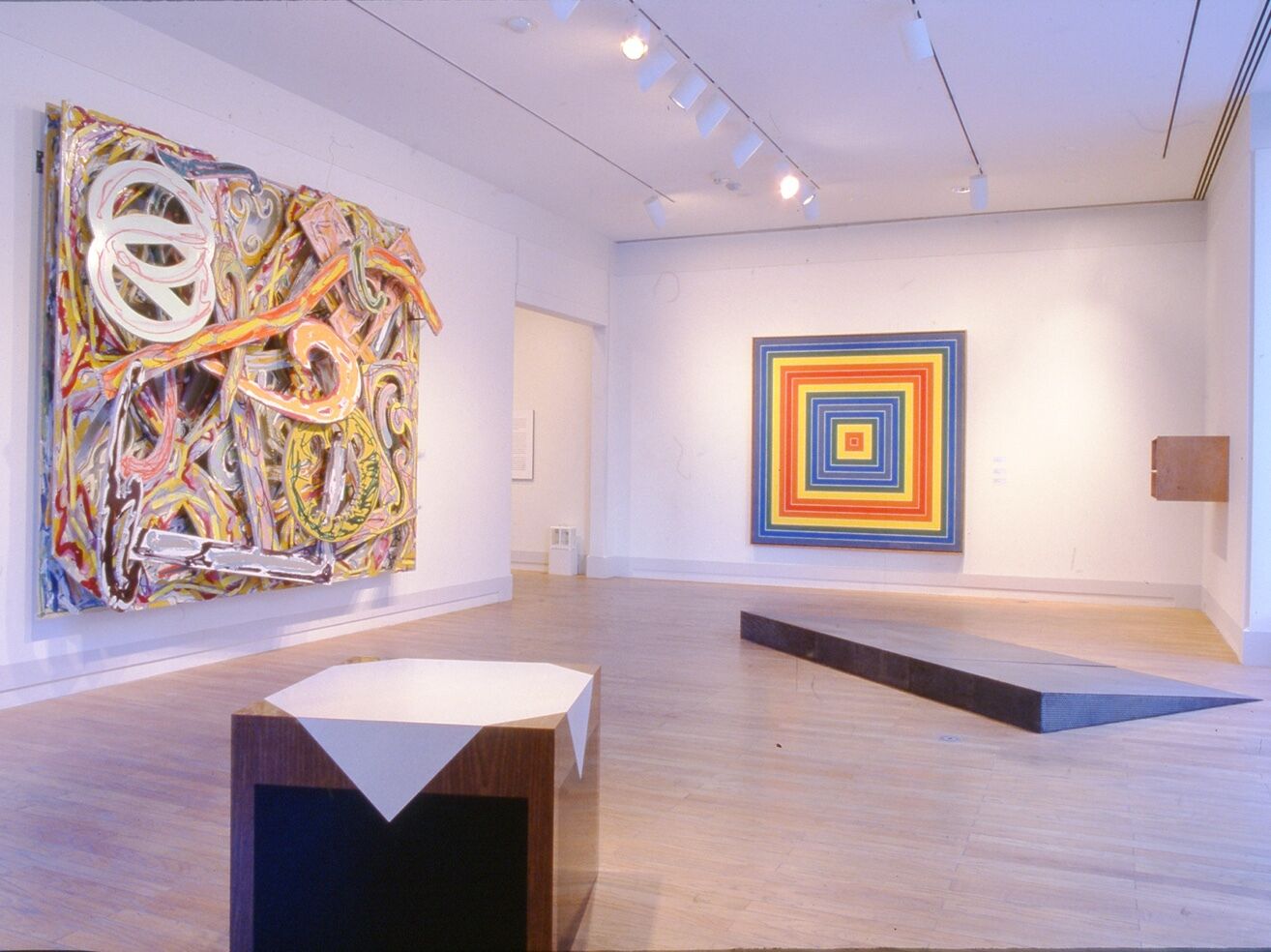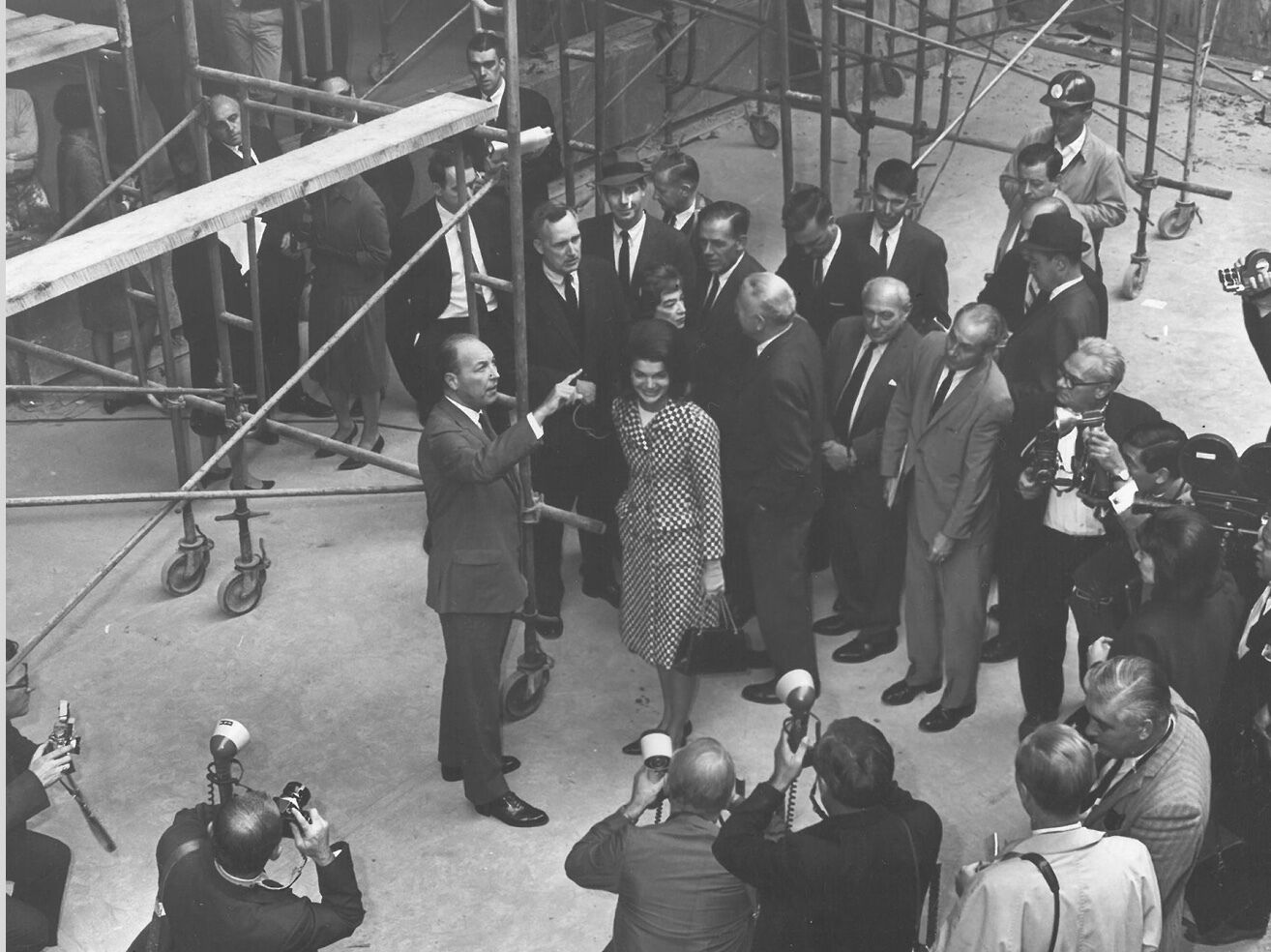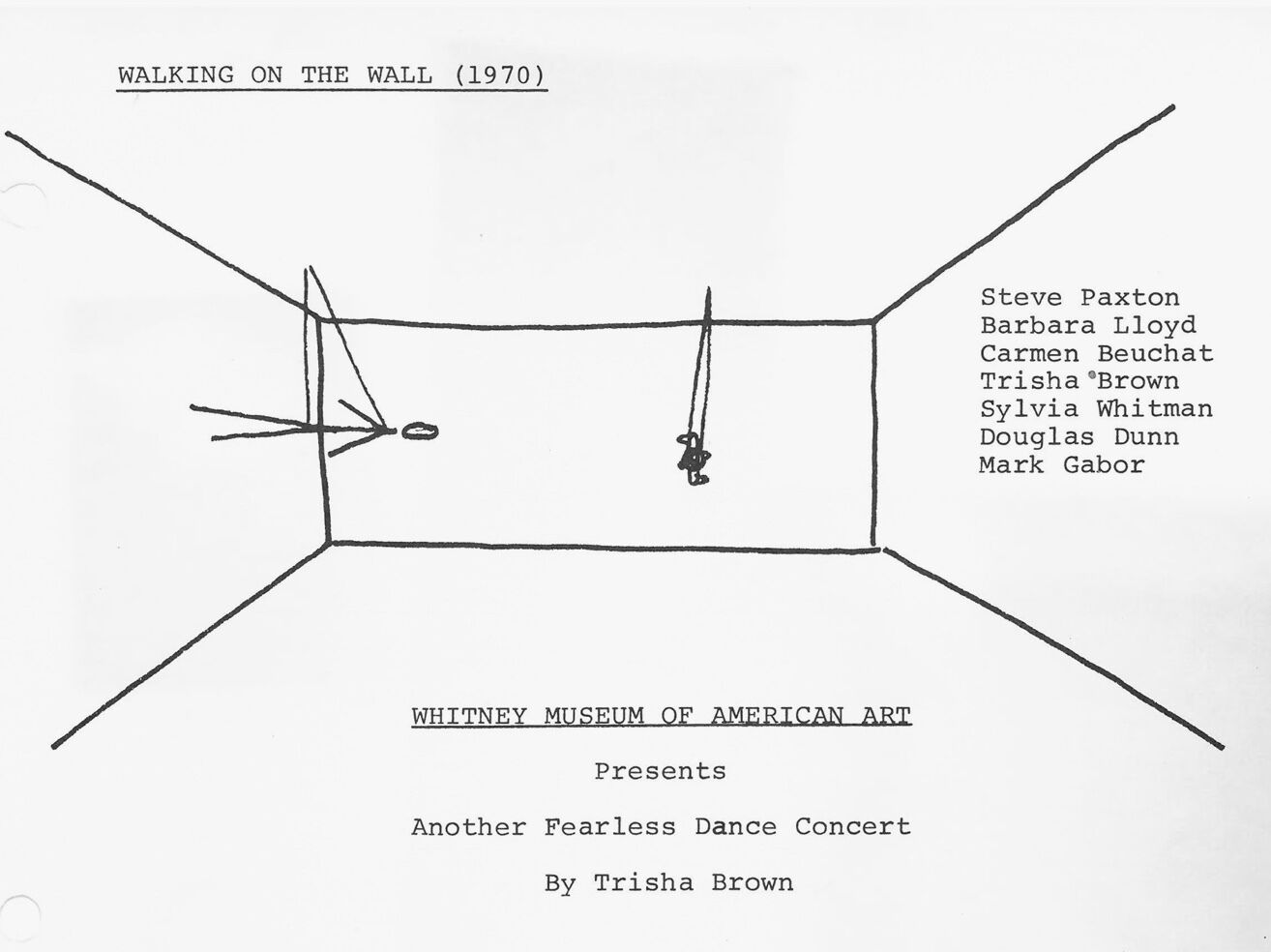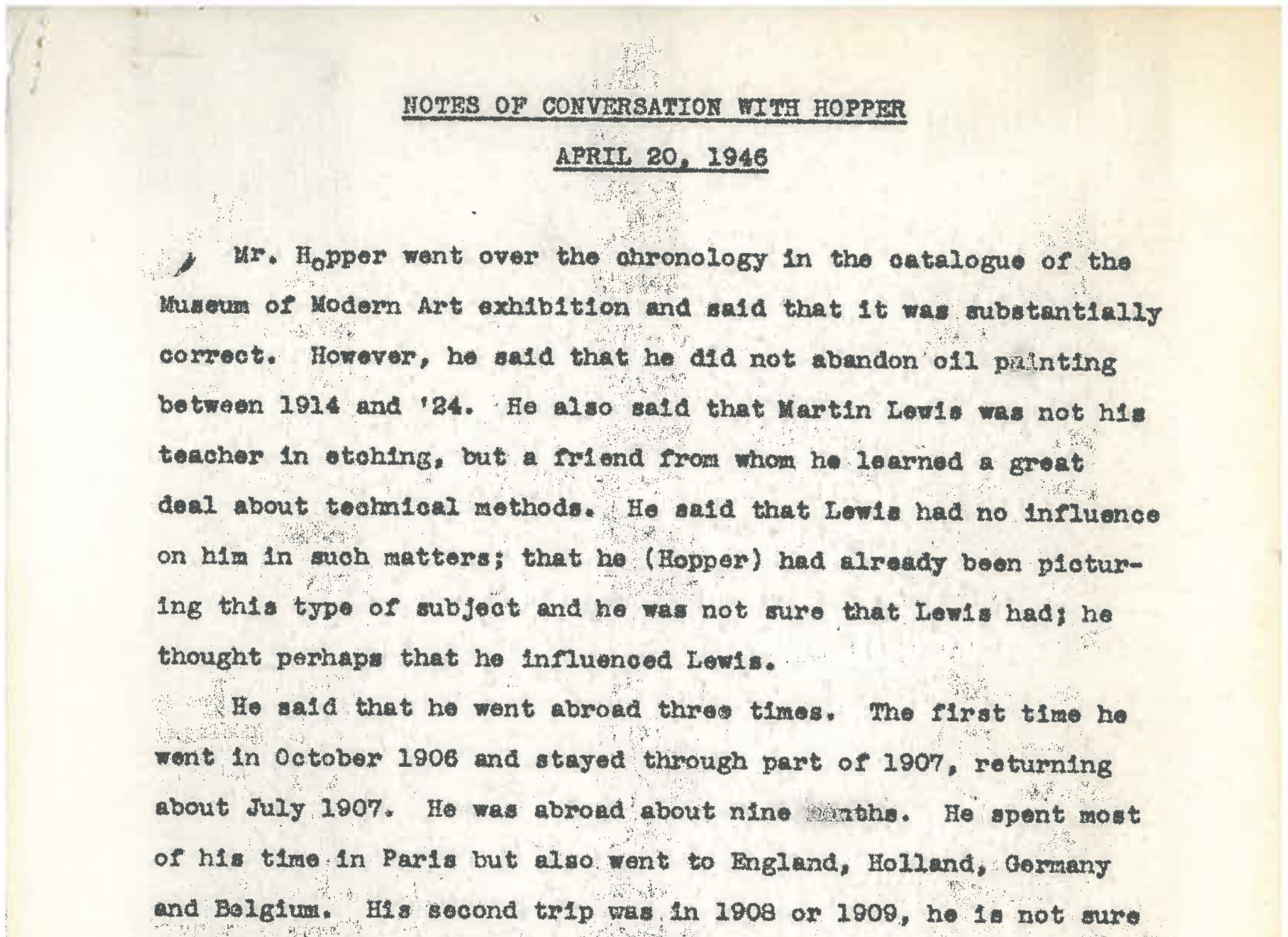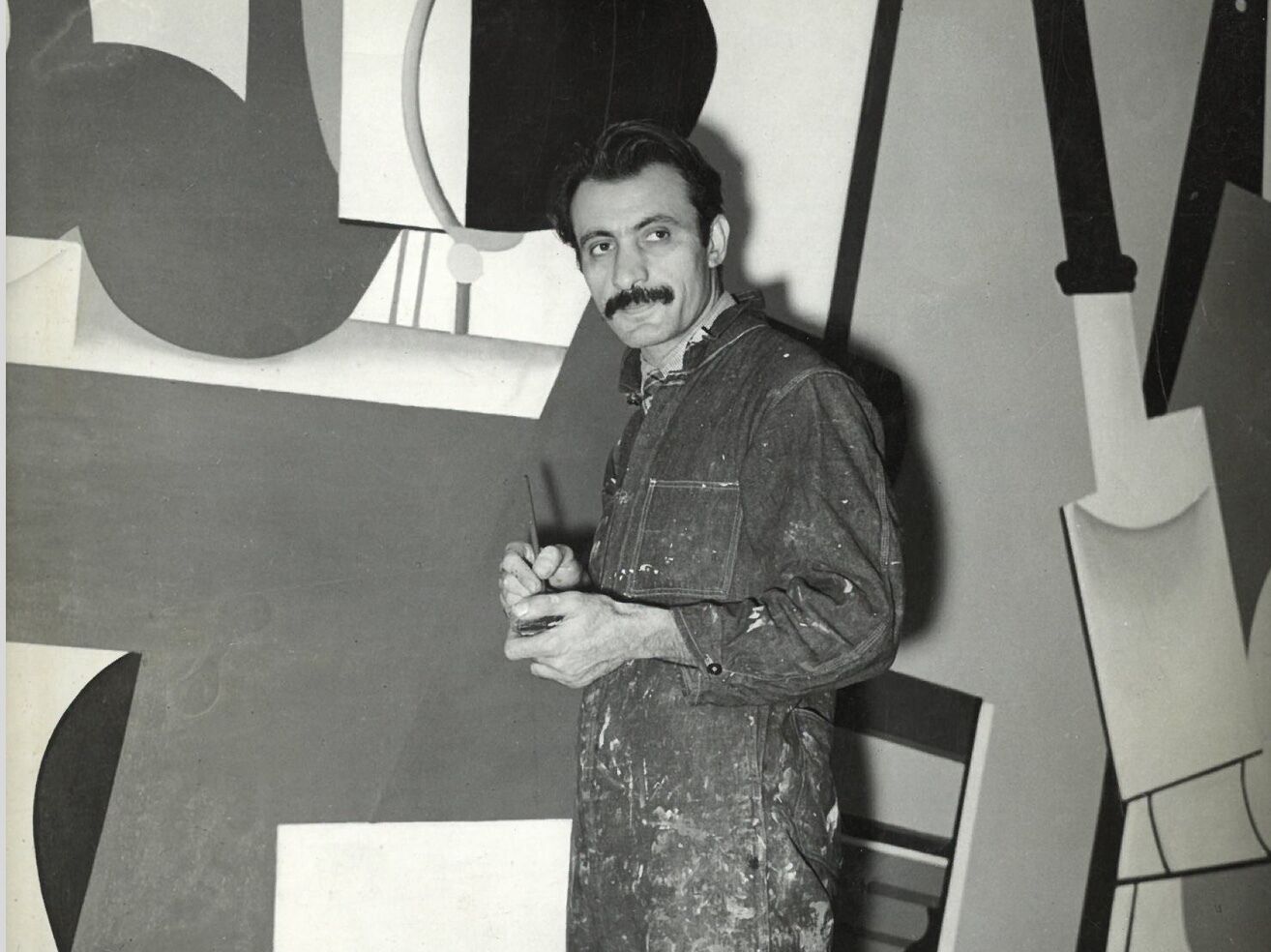Institutional Archives
The Institutional Archives document the origins, development, and activities of the Whitney Museum, with records dating back to the establishment of the Whitney Studio in 1914. The collections include exhibition records, the professional papers of directors and staff, departmental records, recordings of events, and other materials.
Whitney Museum Exhibition Records, 1931–2004
The Whitney Museum Exhibition Records document the efforts of multiple Museum departments in planning and presenting exhibitions at the Whitney Museum of American Art over the span of seventy-three years. Materials include correspondence, contracts, artists’ proposals, statements, CVs, photographs, checklists, press releases, announcements, brochures, articles, installation layouts, didactic texts, and other materials.
Office of the Director Records, 1917–1996
The original records of four former directors of the Whitney Museum of American Art: Lloyd Goodrich (1958–1968), John I.H. Baur (1968–1974), Thomas N. Armstrong III (1974–1990), and David A. Ross (1991–1998). Records include correspondence, memoranda, meeting minutes, notes, drafts of speeches and writings, itineraries, and research materials pertaining to artists, institutional events, and exhibitions. The materials document the individual tenures of each director as well as multiple aspects of Museum and its programs.
Early Administrative Records, c. 1930–1960
Key documentation of the founding and early development of the Whitney Museum of American Art, encompassing a selection of central administrative records produced by multiple Museum staff members and maintained by the Museum secretary from 1930 to approximately 1960. Materials include administrative files, correspondence, board meeting minutes, annual reports, photographs, publications, exhibition planning documents, property records, press announcements, and press clippings.
Historical Photographs Collection, 1905–2006
Photographs pertaining to Whitney educational programs, performances, special events, artworks, artists, staff members, trustees, and properties. Materials encompass multiple formats, including negatives, prints, slides, and transparencies.
Curatorial Film and Video Department Artist Files, 1970–1998
Created or maintained by members of the Curatorial Film and Video Department, these materials document the work of a broad range of artists working primarily in the mediums of film and video. Materials include exhibition records, CVs, correspondence, proposals, statements, brochures, programs, announcements, articles, and questionnaires. The collection also includes records related to the planning of exhibitions, acquisitions, and programs at the Museum. The bulk of the materials were created during the tenure of John G. Hanhardt, who served as curator and head of the department from 1974–1996.
Curatorial Records, 1927–1999
A selection of original records from fifteen Whitney Museum curators: Paul Cummings, Robert Doty, Ella Foshay, Lloyd Goodrich, John Gordon, Barbara Haskell, Richard Marshall, James K. Monte, Lisa Philips, Patterson Simms, Elisabeth Sussman, Beth Venn, Adam Weinberg, and Thelma Golden. Materials include correspondence, memoranda, exhibition planning records, itineraries, meeting minutes, notes, and administrative documents.
Communications Department Press Clippings, 1935–1995
Press clippings of reviews, listings, announcements, and advertisements pertaining to exhibitions at the Whitney Museum of American Art. While the bulk of the clippings cover exhibitions mounted at the Museum’s main branch, there is also coverage of Museum events, general news, the New American Filmmakers series, and the activities and development of Whitney Museum branches.
Downtown Branch Exhibition Records, 1970–1992
Materials pertaining to exhibitions presented at the Downtown Branch of the Whitney Museum of American Art, which operated in lower Manhattan from 1973–1992. Many records document early exhibitions organized by curatorial fellows in the Whitney Independent Study Program (ISP), such as Nine Artists/Coenties Slip (January 10–February 14, 1974), The Prison Show: realities and representations (April 21–June 12, 1981), and Site Seeing: Travel and Tourism in Contemporary Art (April 3–June 7, 1991).
Fairfield County Branch Exhibition Records, 1981–1993
Materials pertaining to exhibitions presented at the Whitney Museum of American Art at Fairfield County which operated out of the headquarters of Champion International Corporation in Stamford, Connecticut from 1981–1992. The records consist of correspondence, loan agreements, installation plans, photographs, publicity, and ephemera.
Altria Branch Exhibition Records, 1983–2000
Materials pertaining to exhibitions presented at the Whitney Museum of American Art at Philip Morris (renamed Whitney Museum of American Art at Altria in 2003), which operated from 1983–2008. The records include brochures, checklists, correspondence, installation photographs, loan agreements, press releases, and other materials.
Equitable Center Branch Exhibition Records, 1986–1992
Materials pertaining to exhibitions presented at the Whitney Museum of American Art at Equitable Center, its fourth and largest branch that operated out of the Equitable Tower from 1986–1991.
Property Records, 1949–1993
Records of multiple properties owned or operated by the Whitney Museum of American Art: the Whitney Museum at 22 West 54th Street, the Marcel Breuer building at 945 Madison Avenue, and the brownstones of the Whitney Studio Club and Galleries on West Eighth Street in Greenwich Village. Materials include correspondence, memoranda, press clippings, special events information, architectural plans, newsletters, and other materials.
Performance Records, 1968–1997
Records from the communications department relating to performing arts events held at the Whitney Museum and its branches from 1968 to 1997. Materials include press releases, news clippings, programs, photographs (promotional and documentary), memoranda, budgets, and correspondence. The collection documents programs such as the Composers’ Showcase, Tuesday Nights at the Whitney, Summer Concerts, Downtown Branch Performances, the Downtown Drive-In, and Performance on 42nd Street, among others.
Edward and Josephine Hopper Research Collection, 1894–2000
The Edward and Josephine Hopper Research Collection documents the long relationship between Edward Hopper (1882–1967) and the Whitney Museum of American Art. It includes voluminous documentation of the artist’s life and work compiled by Whitney curators while preparing exhibitions of Hopper’s work and the Hopper Catalogue Raisonné. Materials include correspondence with Edward Hopper, his wife Josephine, and with collectors of Hopper works.
Arshile Gorky Research Collection, c. 1920–1999
Assembled from various sources—the artist himself, his family, his biographers, Whitney Museum staff, the American Art Research Council, published sources, and museums and galleries—this collection chronicles the life and work of Arshile Gorky (1904–1948).

